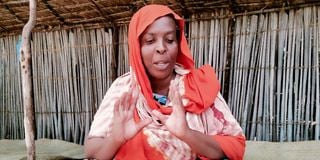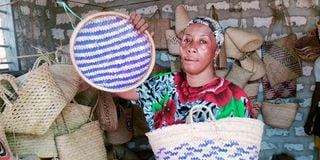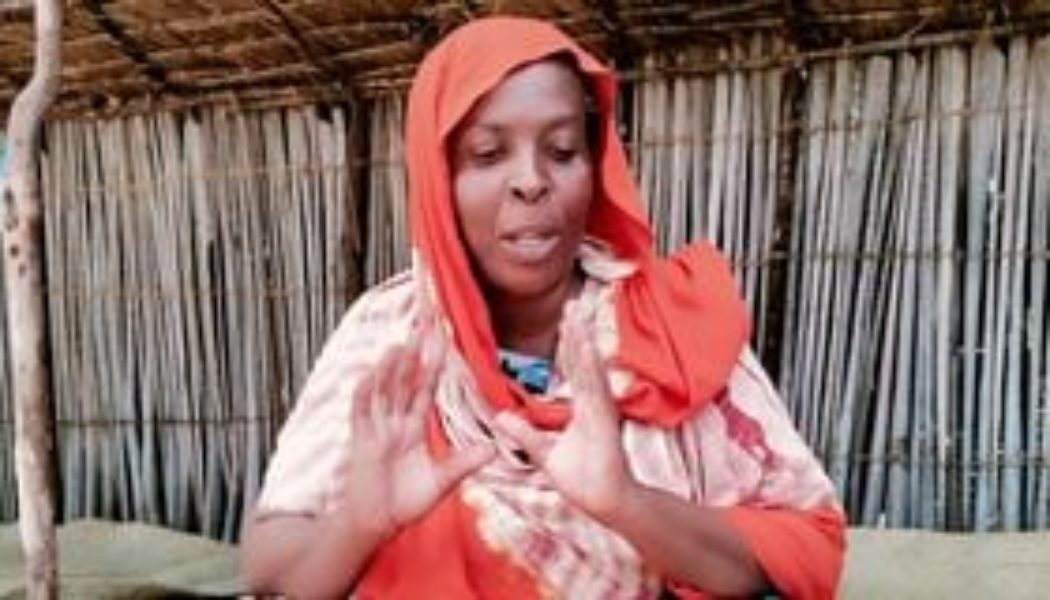World over, people have embraced technological advancements to drive their development. Currently, artificial intelligence is the talk of town.
However, in a remote area on Kenya’s Coastal region communities living deep inside Lamu and Tana River counties view technology and industrialisation as a source of annoyance.
The Watta community in Tana River, has adapted to forest life, surviving on hunting and gathering, a lifestyle that one can easily notice in their children who still hunt.
Mahmoud Dara, 87, reminisces about life in that early age before independence and wishes he could turn back the hand of time.
“We used to lay traps to catch small wild animals in the forest. We lived a life full of harmony, and we were a family unit, unlike today. Life was not much of a struggle,” he says.
Mr Mahmoud says the Watta understood the language of the wild animals, the birds, and even the attitudes of trees well enough to predict weather changes and calamities.
Friends with animals
“We were friends with animals and birds. If we needed water, one bird could emerge singing in the season of drought, and it would lead the first person to a source of water in the forest, flying from one tree to another, and when it gets there, it flies away,” he says.
Such would also happen when they needed food, especially honey.
A different bird, the honeyguide bird, would find the hunter’s spot and would begin to sing. The elderly lead hunter would interpret the message for the rest of the team, and the journey to the secret honey tree would begin.

Ms Swabra Musa,41, a renowned weaver at Matondoni Village. She says handicrafts are part and parcel of their culture, heritage and identity.
Photo credit: Kalume Kazungu | Nation Media Group
“The bird loved the honeycombs, so it would lead us to a tree where bees have made honey, hoping that we would take the honey and give it honeycombs, so it would wait until we are finished with the honey harvesting,” he says.
However, the hunters would deny the bird the honeycombs and carry it away on the claim that, once the bird ate its share of its fill, it would be the last time they saw it, hence the need to deny it its desire and keep it close as their lead.
The elder narrates how the community that lived in the Boni forest contributed to its sustainability.
He notes that the community was sentimental about balancing the ecosystem of the forest and shielding the big five wild game from poachers.
Their food consisted of wild fruits, tubers, and vegetables that were prepared traditionally by elderly women.
Fatma Dabaso, 82, says that roots like sweet potatoes, cassava and yams were wild delicacies and could be found in the forest along the River Tana.
“They were hard to come by, so if a place with plenty of them was located, we moved there until it was finished,” she says.
They did not know about rice, cooking oil, or salt. Their cooking oil was synthesised from meat and nuts.
Most of their food was boiled, and the spices were drawn from the bark of trees, leaves, and roots, to give the food the flavour they wanted.
“We didn’t have all these cooking spices we see in shops. For a long time, even our salt came from wild animals, I fancy that lifestyle,” she says.
According to Ms Dabaso, life today is cosmetic and toxic, as most things are chemically prepared to reduce life expectancy.
She, however, still takes her time to teach her grandchildren how to make food in ancient ways and points out some of the leaves they used for spices, which have become scarce.
Pushed from forests
Deforestation, and industrial development have pushed them out of the forest, forcing them into civilisation, a noisy life that they term difficult to survive in.
“Everything today you must have money. If you want to eat, you must work so hard to get money and buy food, else you will die hungry. Even meat today has become rare without money, it has turned to a privilege,” said Esha Dokota, 71, a resident.
According to Ms Dokota, the life in the modern civilisation has caused them lots of distress, hence making each day a survival for the strongest.
“The government pushed us out of the forest, they said they were conserving the forest. We were part of that conservation before. Even before we could move out, poaching began and tree-feelling for timber. They called that conservation,” she says in disappointment.
She notes that the move to remove them from their comfort zones has caused them to scatter all over the region trying to find a place to settle.

Khadija Bakari,50, displaying her weaved items at her joint in Matondoni
Photo credit: Kalume Kazungu | Nation Media Group
She reiterates that everywhere they have been, is a borrowed land, once their home before they left to hunt, now occupied by other communities.
As a result, the community also remains disadvantaged when it comes to leadership positions and job opportunities.
Fathma Kitole, an activist from the community, notes that most of the youth do not get absorbed in the county government when opportunities arise.
According to Ms Kitole, the Watta are looked down upon by other communities since they don’t embrace the modern lifestyle that requires formal education and technological exposure.
“If we can have 20 people from this community with quality education and exposure, then we shall be sure that we can take positions in areas of influence and create policies that will affect our lives positively,” she says.
Exctinction fears
According to the recent census, the community in Tana River has a population of 6,000 people.
In the recent KWS recruitment, the community fronted 60 youth but only one was successful.
In the neighbouring Lamu county, the Bajuni community in Matondoni, a small village located on the western side of Lamu Island, are worried that the latest developments might lead to the extinction of their traditional handicrafts.
“We inherited basketry, mat weaving, dhow building among other craftsmanship from our forefathers. We can’t do away with these skills as they represent our culture and heritage. They are, in fact, a form of identity for us as the Bajuni community in Matondoni,” says Swabra Musa, 41.









